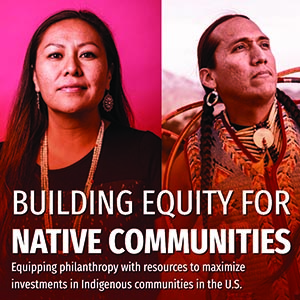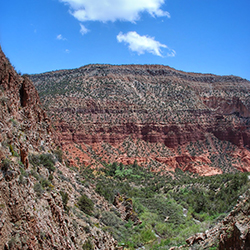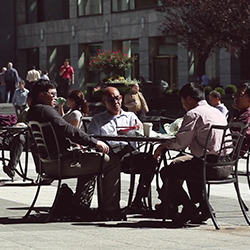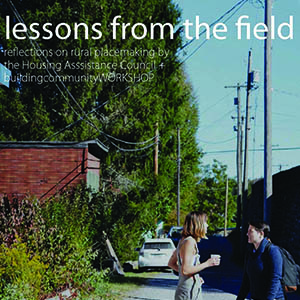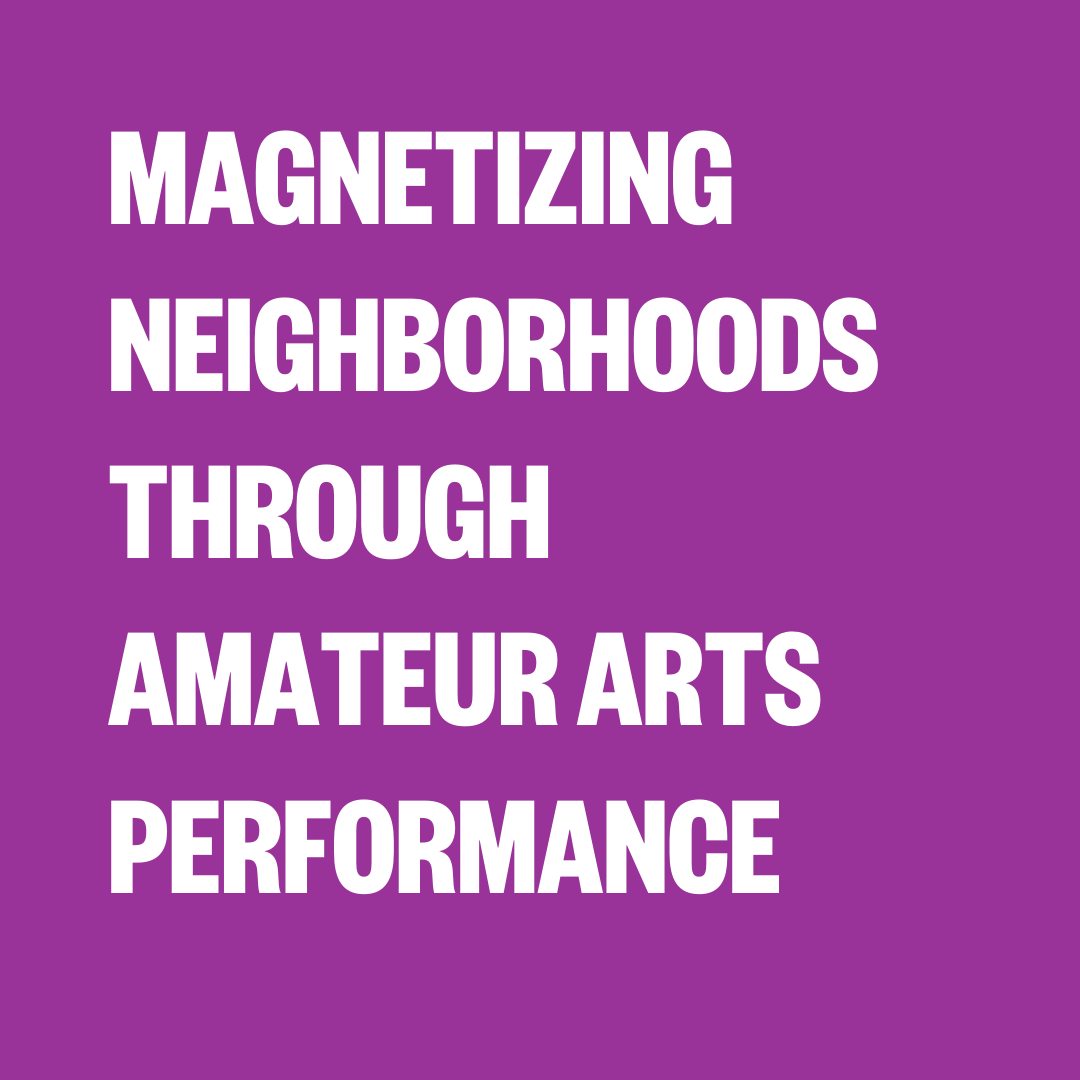INVESTING IN NATIVE COMMUNITIES
This web portal contains funding data, research, historical context, and resources to help users: 1) Understand why funding for Native communities is important; 2) Visualize the landscape of philanthropic funding over the years; and 3) Learn from the knowledge and experiences of other organizations. Their goal is to centralize and provide access to crucial information needed by foundations who are interested in supporting Native communities and causes. The information on the site can help funders who are delving into this work for the first time as well as more experienced funders who want to increase their capacity and knowledge. Investing in Native Communities is a partnership of Native Americans in Philanthropy and Candid, with support from the Bush Foundation, Henry Luce Foundation, Marguerite Casey Foundation, Northwest Area Foundation, and Robert Wood Johnson Foundation.
285
JEMEZ PRINCIPLES FOR DEMOCRATIC ORGANIZING
On December 6-8, 1996, forty people of color and European-American representatives met in Jemez, New Mexico, for the “Working Group Meeting on Globalization and Trade.” The Jemez meeting was hosted by the Southwest Network for Environmental and Economic Justice with the intention of hammering out common understandings between participants from different cultures, politics and organizations. The “Jemez Principles” for democratic organizing were adopted by the participants.
KNIGHT SOUL OF THE COMMUNITY
A 3-year study conducted by Gallup that determined that social offerings, openness, and aesthetics were three of the most important factors that drive community attachment. These factors provided new ways cities could build community engagement, thereby increasing attachment to place, and strengthening communities.
LESSONS FROM THE FIELD: RELFLECTIONS ON RURAL PLACEMAKING
Over the years, buildingcommunityWORKSHOP ([bc]) and the Housing Assistance Council (HAC) have collaborated to promote creative placemaking as an important tool in comprehensive community development and build knowledge of the practice with in HAC’s Rural Partner Network. In 2017, they published a report, Lessons from the Field: Reflections on Rural Placemaking describing their yearlong initiative and reflecting on the last year of work, outlining key outcomes and lessons learned valuable to the larger practice of rural creative placemaking.
MAGNETIZING NEIGHBORHOODS THROUGH AMATEUR ARTS PERFORMANCE
There is a significant correlation between the amount of amateur, informal arts activity in neighborhoods and neighborhood stability and/or improvement. This correlation is evidence of magnetization - an increase in the desirability, commitment, social integration, and quality of life in a community area. Arts create shared experience, they encourage intergenerational activity and make public spaces enjoyable, among other effects. For those reasons, components of comprehensive community development should include space for amateur and semi-professional activity.
MAKING PLACES FOR EVERYONE - WITH EVERYONE
Placemaking has become an important tool in the community development toolbox to revitalize disinvested, underutilized areas to attract people and activities. This article from the Stanford Innovation Review talks about how placemaking strategies can spur growth and improve quality of life in cities, when they are used equitably and ensure community involvement.






